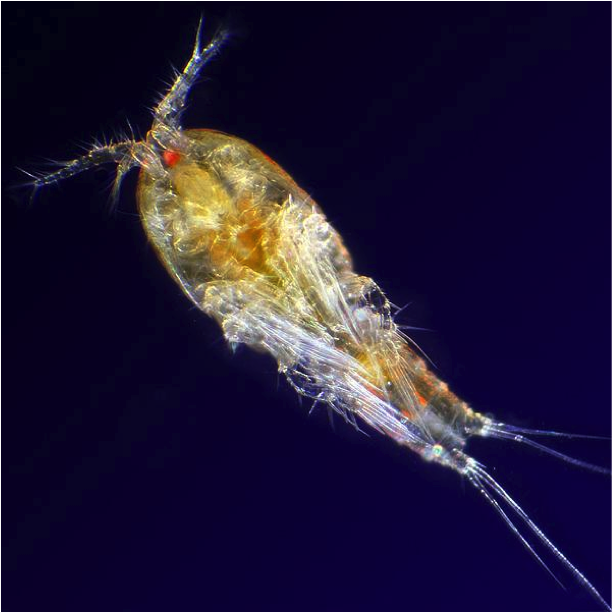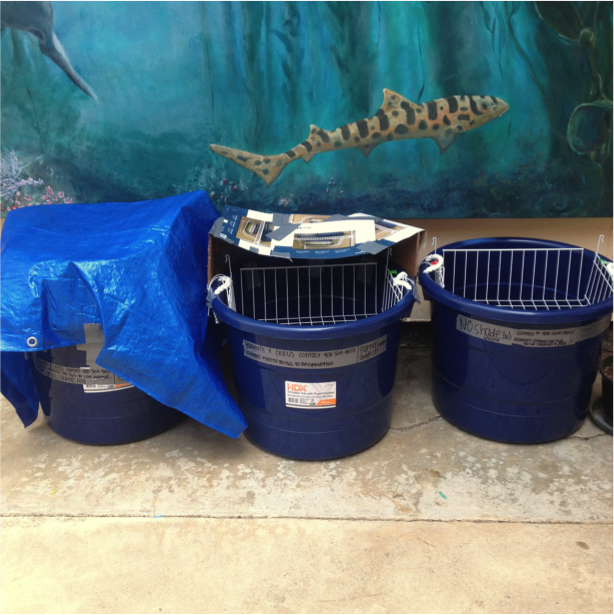USC Wrigley Institute – wrigley.usc.edu
By Yaamini Venkataraman
Week 5 of the Research Experience for Undergraduates program – how time flies. Gone are the days when us REUs would wonder about when the work would begin. Not only has the work begun, but it has also flung us into a frenzy of strict time schedules and odd sleep schedules, hours upon hours spent in the lab and of course, island fever.
My project and its scheduling has me on a short leash. I’m investigating the effects of different amounts of shade on copepods, or small marine invertebrates (think Plankton from Spongebob).
After this week, I’ll be exposing these organisms to copper toxins and seeing if the different levels of shade change their copper tolerance. Even though I can theoretically control the amount of shade these organisms are exposed to, I can’t really control any of the variables I’m measuring — mortality, water level, temperature, salinity, pH, UV radiation and Photosynthetically Active Radiation vary throughout the day.
What does this mean for me? I have to measure these variables three times a day: 6 a.m., 1 p.m. and 6 p.m. It’s definitely not a cake walk, as essentially each variable needs to be measured for all 120 replicates (each isolated copepod), and for the large buckets of water (the simulated tidepools), they are in. Thanks to my sampling times, I get 4-5 hours of sun a day, and I have never been tanner.
But my experiment has shown me that research really is hard work. Seems obvious enough, but even the littlest thing like taking pH measurements takes up time, which can be hard to gauge if you’ve never done it before. When I first sent him my experimental protocol, outlining the tasks I would accomplish during each sampling time, my mentor Patrick made some astute observations about my workload– reminding me that if you take on too much, “you will die.” I didn’t believe him until I found myself tired after my two hours collecting data.
Although I joke around with the rest of the REUs about the buckets that have become the bane of my existence, the piles of data sheets and positive feedback from my colleagues suggest otherwise. Because when you have the opportunity to see the sunrise and sunset every single day while working on something you love, the long hours of labor are much more worth it.
Yaamini Venkataraman is an REU student and a rising junior at the University of California, San Diego, working with the USC Edmands lab studying the effects of shading on copepod mortality.







